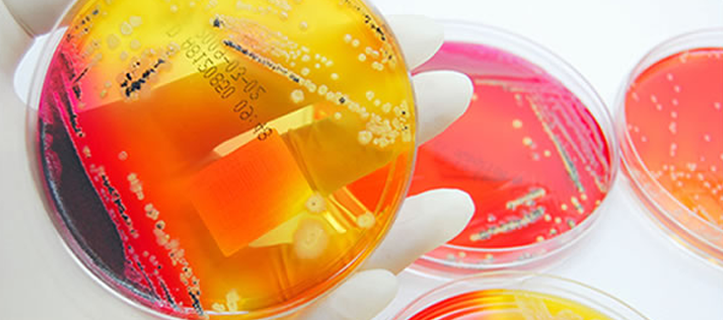Protein Estimation

SDS-PAGE, Western Blotting

Enzyme Assays

Protein labeling

Pull down assays

Biochemical assays provide key information needed to detect, quantify, and analyze the activity or binding properties of cells and other molecules. At MuriGenics, we offer several different types of assays, each of which provides a unique perspective on the biochemical properties of your drug. We offer testing of both intra- and extracellular protein components, allowing for the most comprehensive understanding of your drug.
Protein estimation
Protein estimation should be an essential part of workflow that involves protein activity analysis. Protein yields from a cell lysis step is normalized across samples for downstream applications for comparative analysis. Quantifying protein yield during protein extraction and purification is important for conducting enzymatic, labeling and other biochemical assays. We have wide range of options for accurate protein concentration determination.
SDS-PAGE, Western Blotting and Dot Blots
SDS-PAGE, Western Blotting and Dot Blots offer the ability detect protein of interest in a tissue/cell lysate. Our near infrared scanner can digitize western blotting signal for easy quantification making it a cost-effective method to quantify the success of your product.
Enzyme Assays
We can perform enzymatic assays on tissue/cell lysates to investigate the activity of your compound. We can conduct colorimetry, fluorescence and lumniscense based assays. These assays can be adapted to high-throughput format. We can analyze data for substrate specificity, ED50, inhibitor kinetics and other relevant parameter determination. For example – we can access the activity of ALT enzyme for liver function test assays.
Protein/antibody labeling/conjugation
We do offer protein labeling services for your needs. Both carboxylic and amine groups on the protein can be used for labeling to dyes, biotin etc.. These labeling strategies are useful to keep track of protein of interest in an in vivo or in vitro assays.
Pull down assays
Interactions between various proteins can be accessed by capturing such interaction in a pull down experiment. Following such experiment, protein identification using mass spectrometry can be performed to identify the interacting parters.
